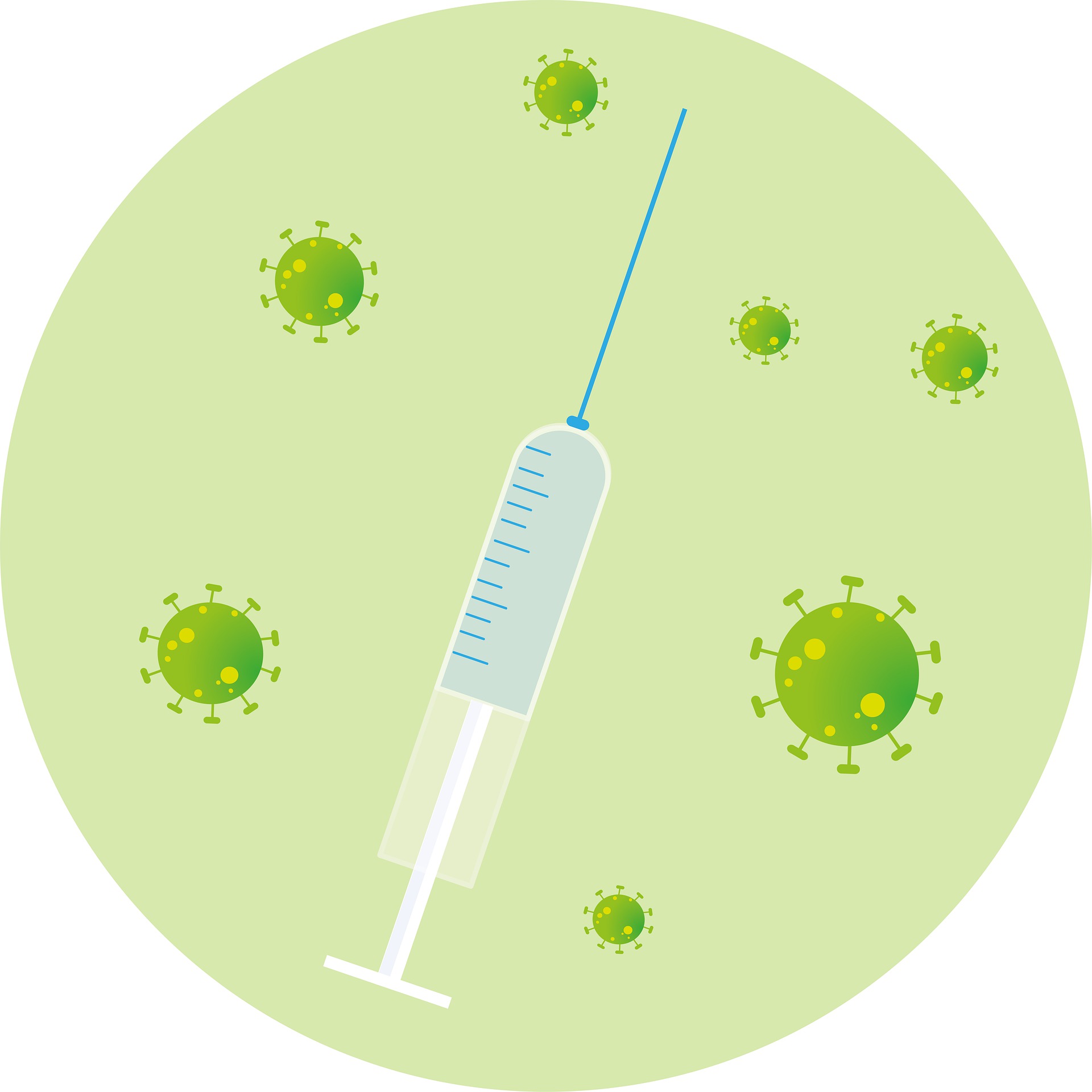Covid-19, a viral flu with origins in China, first appeared on the global stage in November/December 2019.
The virus has, since then, mutated or evolved into various strains. January 2020 to December 2022 saw a series of lockdowns, vaccination drives, and other public health measures to stop the spread of Covid.
After December 2022, much of 2023 was largely Covid free for the world. China battled an outbreak of pneumonia in November-December 2023, but no other country reported a similar situation.
In September, the United States of America reported one more variant – the JN.1.
This is the variant that is responsible for many of the new cases in India in December 2023 – January 2024.
What is JN.1
This is the name given to the new variant of SARS-CoV-2. We do know that the variant is infectious, spreads from person to person. But we don’t have evidence to prove that its symptoms are more severe or even more dangerous than those of any other variant. It is just the most prevalant variant at the moment.
What is India’s situation on Covid?
According to the Government dashboard, as of today, there are 4,423 active cases of Covid in India. Of these, about 511 are of the JN.1 variant.
On December 18, 2023, the first case of JN.1 variant was recorded in India – in Kerala.
Since then, Kerala continues to have the most Covid cases in the country.
The current active cases in Kerala stand at 1464.
The table below lists the states that currently have active Covid cases, in descending order.
The infection rate in India is less than 0.03%.

What is the public advisory for prevention?
At this time, there is no advisory of any kind. Like in any winter season, flu is expected to rise. It makes sense to keep hands clean, wash them often, and take other general precautions like staying warm, drinking plenty of fluids, etc. At this time, the use of masks in public places is optional.

